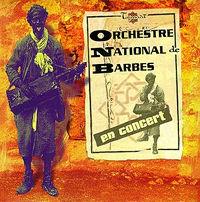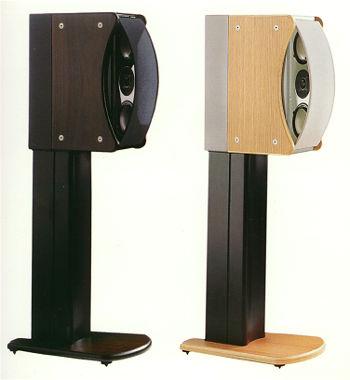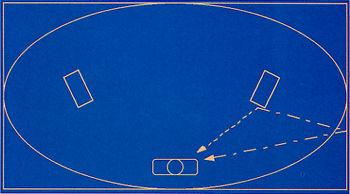| Columns Retired Columns & Blogs |
LATEST ADDITIONS
|
Oct 18, 1998 |
100 comments
Music collections have a way of running wild if they aren't kept organized. Do you have a good system for keeping your records and discs in order?
How is your music library organized? Use the "Comments" box to share details.
Alphabetically by title
1% (2 votes)
Alphabetically by artist/composer
29% (63 votes)
Chronologically by date of issue
0% (0 votes)
Chronologically by when I bought them
0% (1 vote)
By genre
5% (12 votes)
By genre first, then alphabetically
29% (64 votes)
By record label
0% (1 vote)
Some other system (specify)
5% (11 votes)
Random order---I can't find anything. Help!
11% (25 votes)
Some combination of the above
18% (40 votes)
Total votes: 219







